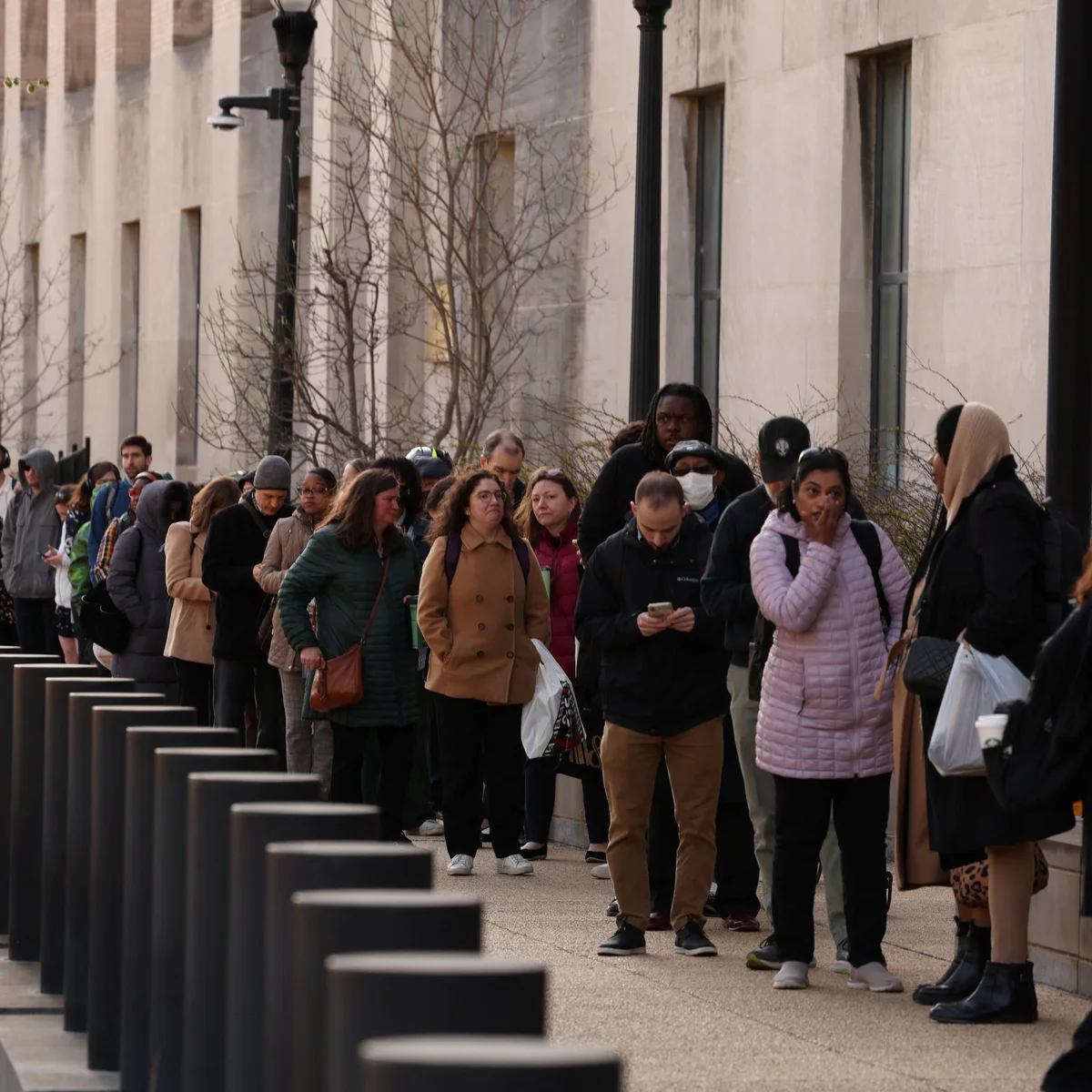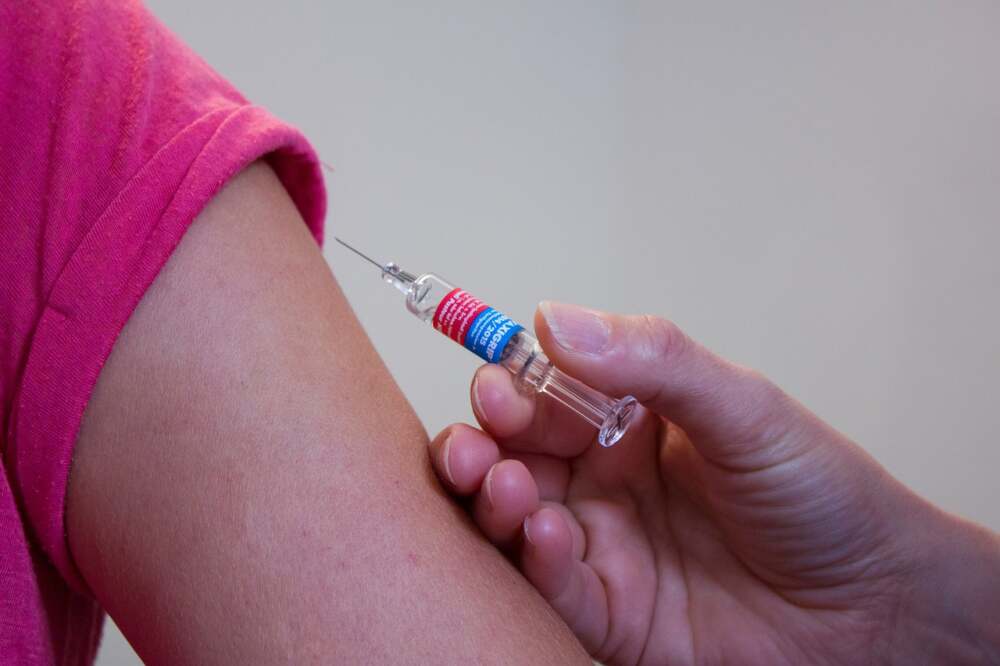September 24, 2025
A new era in HIV prevention is arriving with the approval and rollout of lenacapavir, a long-acting injection that must only be administered twice a year. For many, this could mean a dramatic change from having to take pills every day or injections every two months, offering more convenience, greater adherence, and potentially a stronger shield against HIV infection.
What is Lenacapavir?
Lenacapavir is an antiretroviral drug developed to prevent HIV in people who are HIV-negative but at risk. It blocks the virus’s activity by targeting its capsid, a shell protecting the genetic material, preventing it from replicating. It’s administered as an injection once every six months. This is the first HIV prevention option with such a long interval between doses, far exceeding most daily or bi-monthly alternatives.
How Effective Is It?
Clinical trials have shown lenacapavir to be nearly fully protective in preventing HIV infection. Participants in studies who received the shot showed virtually no new cases of HIV, significantly outperforming many older prevention methods when taken as prescribed. Experts view it as a major leap forward, especially for populations who struggle with daily pill regimens due to stigma, access issues, or poor adherence.
Accessibility, Cost & Global Impact
While the potential is huge, there are challenges around cost and distribution, especially in low- and middle-income countries. Branded versions of lenacapavir are priced very high in some markets, which limits who can access them without assistance. However, agreements with generic manufacturers promise versions of the drug at much lower prices—potentially tens of dollars per year in eligible countries.
Organizations focused on global health and HIV prevention are pushing for faster distribution and lower costs so that lenacapavir can reach people in high-burden regions, including those with limited healthcare infrastructure. Because it requires only two doses per year, it could be especially valuable in communities where frequent clinic visits are difficult.
Benefits & Trade-Offs
Benefits:
- Greatly reduced dosing schedule, easing burden on users.
- High efficacy in prevention, even for higher-risk populations.
- Lowers the barrier of remote or underserved regions where frequent medical visits are a struggle.
Trade-Offs:
- Injection must be delivered in a safe clinical setting; cold chain and storage may pose logistical issues.
- Potential side-effects like with all medications; long-term safety still under observation in broader use.
- High upfront cost outside of generic or subsidized programs can limit access.
What’s Next
With WHO and other public health organizations recommending lenacapavir as a prevention option, the focus is shifting to real-world rollout: ensuring supply chains, training healthcare workers, securing funding, and making sure communities know about this new option. Monitoring for rare resistance, side effects, and effectiveness outside clinical trial settings will be crucial.
Bottom Line
Lenacapavir represents a transformational advance in HIV prevention. By combining very high effectiveness with a twice-yearly dose schedule, it offers hope for better adherence and broader protection. The global effort now must ensure that’s not just potential, but reality—for all, especially those most at risk.
















Leave a Reply